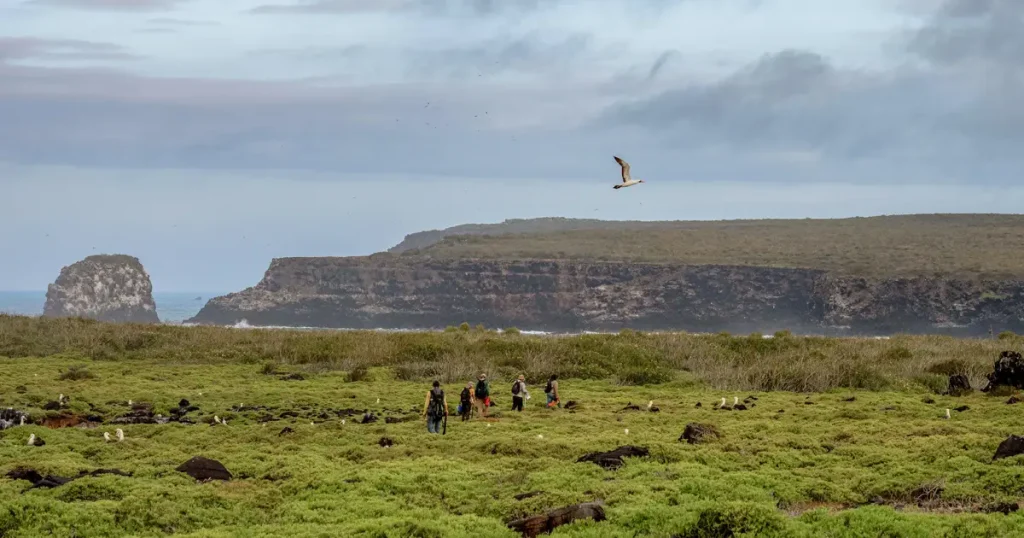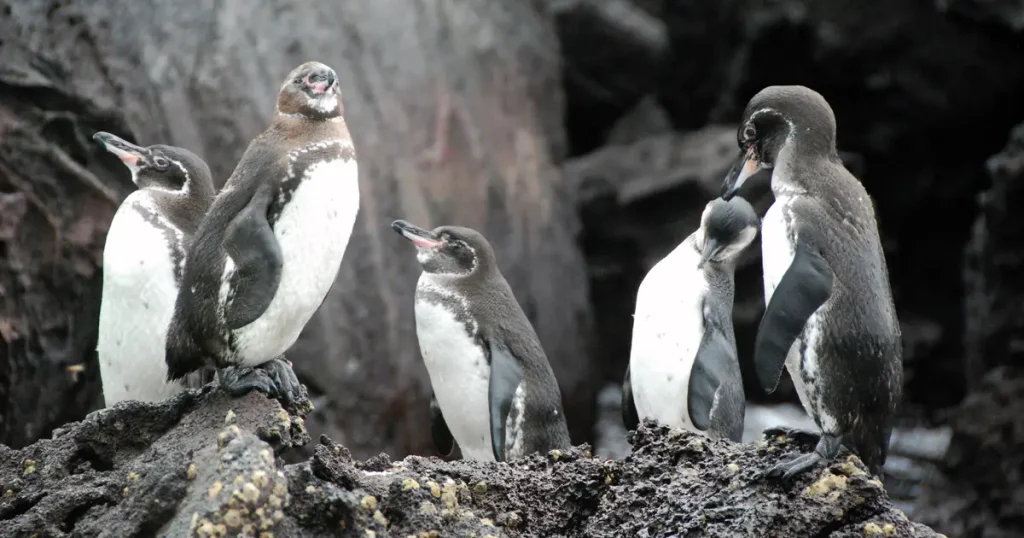Environmental DNA: A New Frontier in Ocean Conservation

Environmental DNA, or “eDNA,” is changing the way we search for and protect marine life. By analyzing water samples, scientists can detect the presence of a species—even when no one has seen it for years. This cutting-edge tool will soon be used to search for the Galápagos damselfish, a species that hasn’t been seen since 1983. It’s a way to act before it’s too late.
What if we could find a species without ever seeing it? What if a simple water sample could tell us whether a fish thought to be extinct is still out there? That’s the promise of eDNA—a scientific tool that’s helping us see what the ocean keeps hidden.
A New Way to Search the Ocean
Until recently, studying biodiversity mostly meant seeing to believe—spotting, counting, recording. On land, we now use technology like camera traps to monitor elusive wildlife. But in the ocean? It’s a lot harder. Water is vast, deep, and constantly changing. Some species live in hard-to-reach places, others are simply too rare. And in a world with warming oceans, the question of whether a species is still there becomes more urgent every day.
eDNA gives us a new way to answer that question. And it’s simpler than it sounds.
Just like forensic investigators can tell if someone was in a room by analyzing DNA on a cup or piece of clothing, marine scientists can now do something similar. Fish and other sea creatures leave behind skin cells and mucus as they swim and those traces hold DNA. By testing a sample of water, we can extract any DNA found within it, screen it all for a species of interest, and tell whether that species has been in the area, even if we never saw it. It’s like CSI, but underwater.
Oceans Are Changing—Fast
Climate change is transforming our seas at record speed. Ocean temperatures are rising. Sea levels are going up. Water acidification is disrupting food chains. Plankton disappearing. Coral reefs dying off. And with them, so does much of the life that depends on them.
In this shifting landscape, some species have become so rare or remote that they seem to vanish. But they might still be there—just out of sight. eDNA gives us a chance to find them before they’re truly gone.

When eDNA Has Already Made a Difference
In Japan, researchers used eDNA to measure fish populations in Maizuru Bay without capturing a single animal. Thanks to this method, they even detected Japanese eels—normally very hard to find.
In the U.S., scientists have confirmed the presence of endangered Atlantic sturgeon in rivers where the species hadn’t been seen in decades. These findings helped shape conservation efforts and protect key habitats before it was too late.
eDNA is already helping save species elsewhere. Now it’s Galápagos’ turn.

A Race Against Time in Galápagos
The Galápagos damselfish—once a shimmering presence along the archipelago’s rocky shores—was an important part of the local reef ecosystem. Its disappearance is a symbol of what can be lost when oceans change too fast.
Now, eDNA may offer the last chance to find this fish lost to time. Unseen since the 1980s, it might be extinct… or not.
Instead of waiting for a lucky sighting, scientists will search for its genetic trail in the sea. An upcoming expedition will collect water samples from areas where this fish once lived. The hope is not to see it swimming, but to detect its DNA—proof that it may still be alive.
What We Can’t See Still Matters
At Galápagos Conservancy, we believe science can help protect even what we can’t see. That’s why we support projects like this. They generate knowledge, inform decisions, and let us act before time runs out.
What Happens Next?
This is a call to action—for anyone who believes conservation isn’t just the job of scientists, but a shared responsibility.
What’s happening in Galápagos could become a model for marine conservation everywhere. If we can prevent extinction—if we can save a species before it vanishes—we should.
eDNA gives us a rare opportunity: to act before it’s too late.
And you can be part of that story.
Evidence of the next species we save might be floating right now in a drop of seawater.
Sources Consulted:
- Japan – Estimating fish populations in Maizuru Bay using eDNA
Yamamoto, S., et al. (2016). Environmental DNA as a ‘Snapshot’ of Fish Distribution: A Case Study of Japanese Jack Mackerel in Maizuru Bay, Sea of Japan.
Read the full study: https://doi.org/10.1371/journal.pone.0149786 - United States – Detecting endangered Atlantic sturgeon using eDNA
Plough, L.V., et al. (2021). Development and testing of an environmental DNA (eDNA) assay for endangered Atlantic sturgeon to assess its potential as a monitoring and management tool.
Read the full study: https://doi.org/10.1002/edn3.186
Share:




